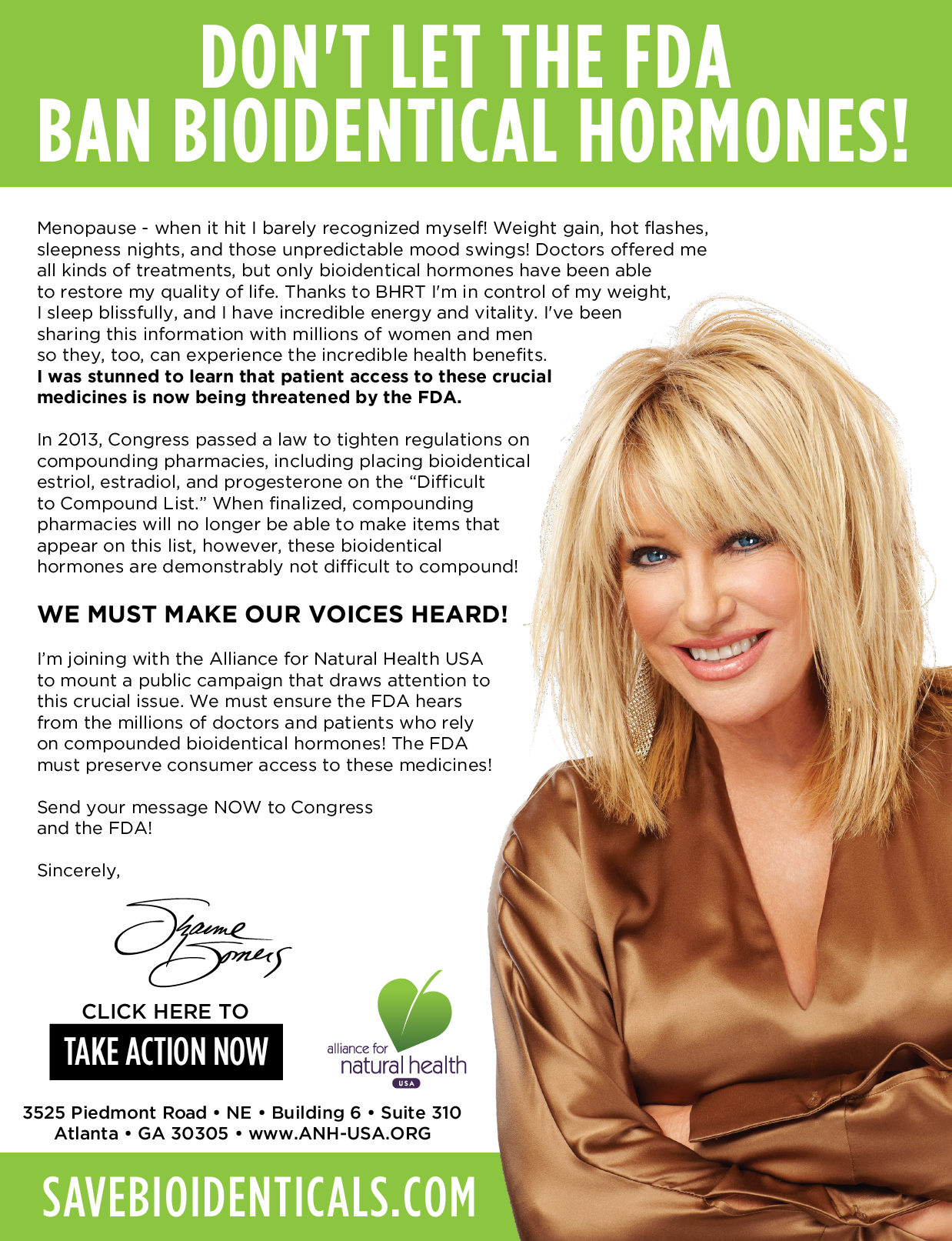Draconian limits on vitamin dosage amounts could be coming if the feds get their way. Action alert!
That bottle of 1000mg vitamin D capsules in your medicine cabinet could soon be contraband. Important entities are meeting to discuss how to restrict the kinds of supplements you can take under the guise of “harmonization” of supplement standards. If they’re allowed to move forward, it’s possible that the federal government could adopt restrictions on vitamin doses that can be legally sold, as Europe has already done.
At the request of the Bill & Melinda Gates Foundation, the National Academy of Sciences (NAS) recently convened a workshop to “assess methodological approaches that could be applied uniformly across countries in setting nutrient intake recommendations,” with particular attention on how standards could be set for population subgroups such as young children and women of reproductive age. “Nutrient intake recommendations” include upper levels of intake, which are used to restrict the vitamin dose that a supplement can contain.
This workshop is another in a series of meetings NAS is involved in with other entities, including the World Health Organization (WHO) and the United Nations, who are both sponsors of Codex, to discuss limits on vitamin doses. As we reported previously, Codex is an intergovernmental body whose goal is to establish international standards regarding food safety and food ingredients, with the goal of promoting “fair trade practices” and consumer protections. Codex standards on supplements, however, are widely expected to follow Europe’s draconian restrictions, where selenium, for example, is limited in supplement form to that found in one-third of a Brazil nut.
It is extremely concerning that NAS is working to establish upper limits for supplements on multiple fronts. To be clear, NAS cannot create standards—they merely make recommendations. But government bodies listen closely to NAS, and as we discussed in our previous article, it isn’t clear whether the FDA can ban therapeutic supplements doses on its own, without public involvement. If the agency decides, following recommendations from NAS, that vitamin D, for example, over a certain amount “presents a significant or unreasonable risk of illness or injury”—the legal definition of an adulterated supplement—the FDA may be able to ban it. The agency recently placed restrictions on certain bulk caffeine products along similar lines, so the path seems open for similar actions against other products.
Of additional concern is that NAS has proven that it does not understand the science of supplements. Recall that their “experts” recommended that adults ingest 600 IU of vitamin D each day, and they established an upper level (the level above which supposedly poses a danger to adults) of 4,000 IU. Any real experts will tell you this is nonsense; the Vitamin D Council recommends 5,000 IU of vitamin D for adults, and it’s not uncommon for an integrative physician to recommend higher levels when needed. For this reason, we don’t want NAS anywhere near a discussion that could lead to supplement restrictions.
What the NAS, Codex, and European authorities don’t seem to understand is that, to gain the beneficial effects of certain vitamins, they must at times be taken in therapeutic doses. Consider vitamin C. Research has indicated that therapeutic doses of vitamin C impart many benefits. Students who supplemented with hourly doses of 1000mg vitamin C for six hours and then three times daily afterwards exhibited an 85% decrease in cold and flu symptoms compared to those who took decongestants. Therapeutic vitamin C regimens also have heart protective benefits, including reducing damage caused by heart attacks and lowering coronary heart disease risk. For comparison, the “safe” upper limit set by the NAS for vitamin C is 2,000mg. (Note that the upper levels currently set by the NAS are meant to serve merely as a guide, that is, they are non-binding.)
In the past, NAS has studied and published upper limits for a handful of vitamins and minerals, mostly for educational purposes. Our concern is that now, NAS is increasingly meeting and consulting with governmental bodies from other countries who have been responsible for setting upper limits and then banning supplements above those limits, as the European Union has done. Will the US head down the same road? It’s unclear as of yet, but these recent developments are not encouraging.
Compared to other parts of the world, the US enjoys relative freedom in our choices regarding therapeutic doses of supplements. We must act now, in the initial stages of the multiple processes underway at NAS, to make sure it stays that way.
Action Alert! Write to Congress and the FDA, the agency that would be responsible for any future bans on supplements, and tell them not to limit therapeutic doses of supplements in the US. Please send your message immediately.
from The Alliance for Natural Health https://ift.tt/2uX2lCn via Aloe for Health
from https://ift.tt/2JTpwSB

